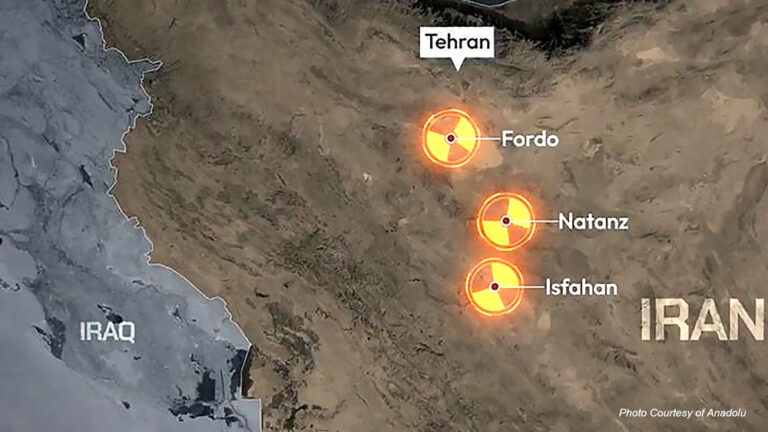One of the largest destroyers of the Maritime Self-Defense Force, the Ise (see below), which has strong antisubmarine capabilities, will call at Subic Port in the Philippines in April or later, according to sources. The MSDF also plans to conduct a joint drill with the Philippine Navy.
On Sunday, an MSDF submarine, the Oyashio, and other vessels also docked at the port in the South China Sea, where China has been accelerating its efforts to turn artificial islands it has built into military bases. Concerning the Ise’s call at the Philippine port, a senior Defense Ministry official said, “It is aimed at promoting friendly relations [with the Philippines], but it also includes a strong message to keep China in check.”
According to Defense Ministry sources, the Ise left Japan in late March, planning to participate in a naval review in Indonesia and a joint drill with Association of Southeast Asian Nations countries. In addition, the MSDF is also considering a joint drill with the Philippine and U.S. navies.
The Oyashio is under way for practical training for 70 MSDF junior officers. It is the first time in 15 years that an MSDF submarine has docked at a Philippine port. The purpose of the port call of the submarine is to deepen friendship with the Philippines. However, it is also aimed at keeping China’s activities in the South China Sea in check by displaying the MSDF’s strong antisubmarine capabilities, which is highly evaluated by other countries, through dispatching the submarine, the Ise and other vessels to the area.
This time, two MSDF destroyers that accompanied the Oyashio also called at the port. The destroyers will head for Vietnam, which is also at odds with China over territorial issues in the South China Sea, and call at Cam Ranh Bay in Vietnam, facing the South China Sea, the sources said.
A 197-meter-long, 33-meter-wide vessel with a standard displacement of 13,950 tons. It is the second largest MSDF destroyer after the Izumo, and is characterized by a wide deck similar to an aircraft carrier’s. It can carry up to 11 helicopters and operate three helicopters in tandem. In case of an emergency, it protects vessels from attacks from enemy submarines and other vessels by operating antisubmarine helicopters. When a large-scale disaster happens, it can operate as an offshore base to rescue victims and transport materials to them.(Yuko Mukai / Yomiuri Shimbun)
Link: http://the-japan-news.com/news/article/0002850605



